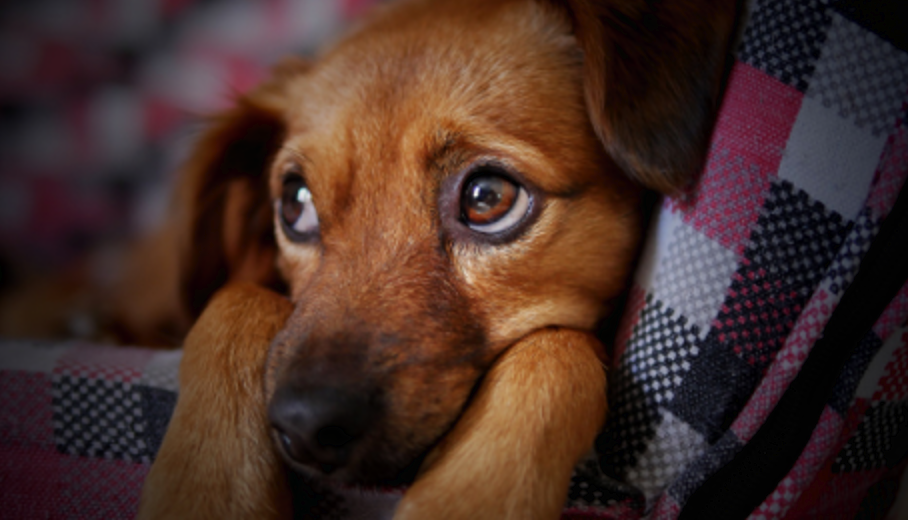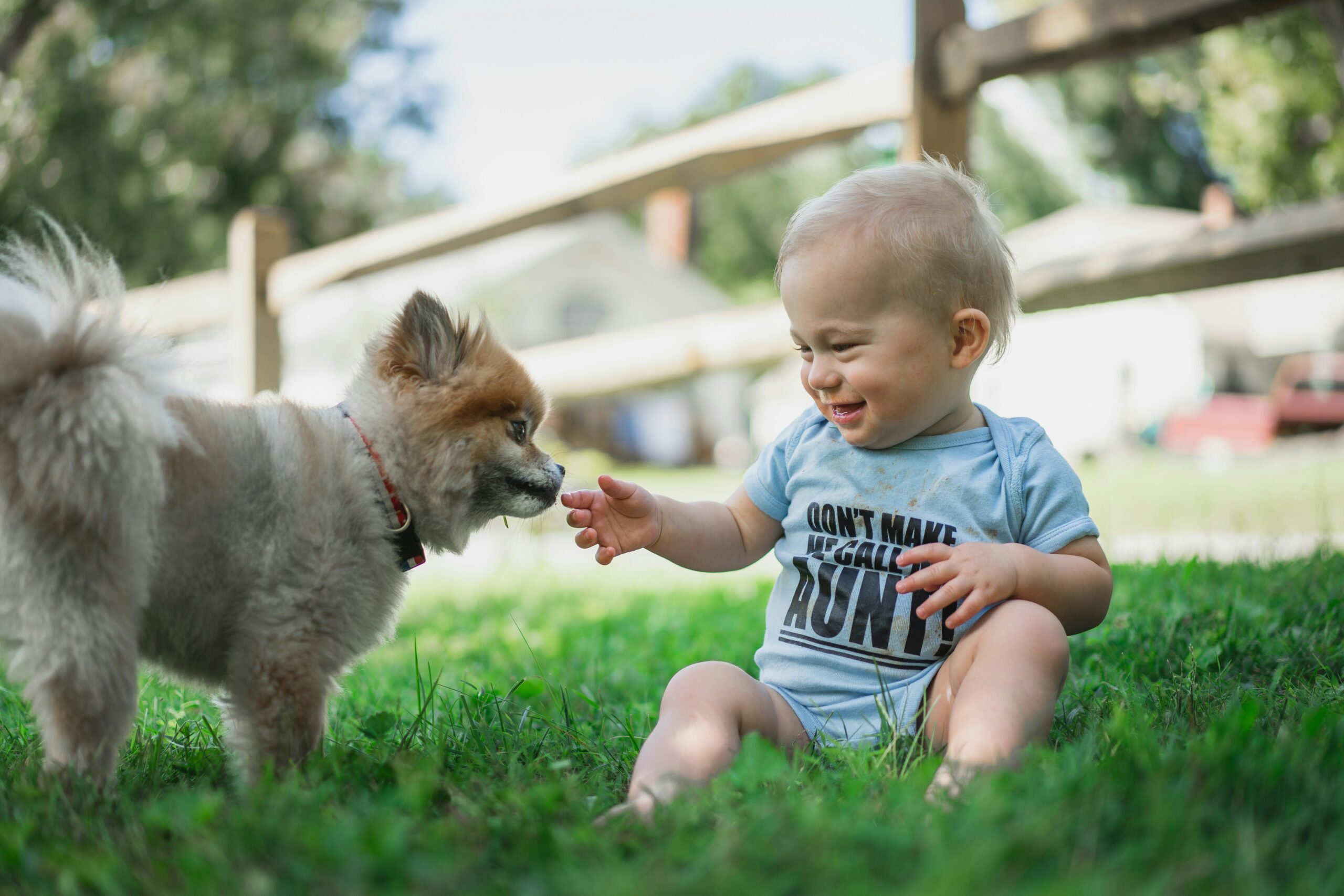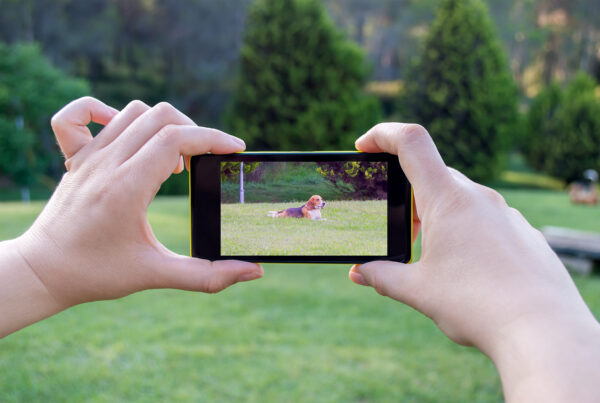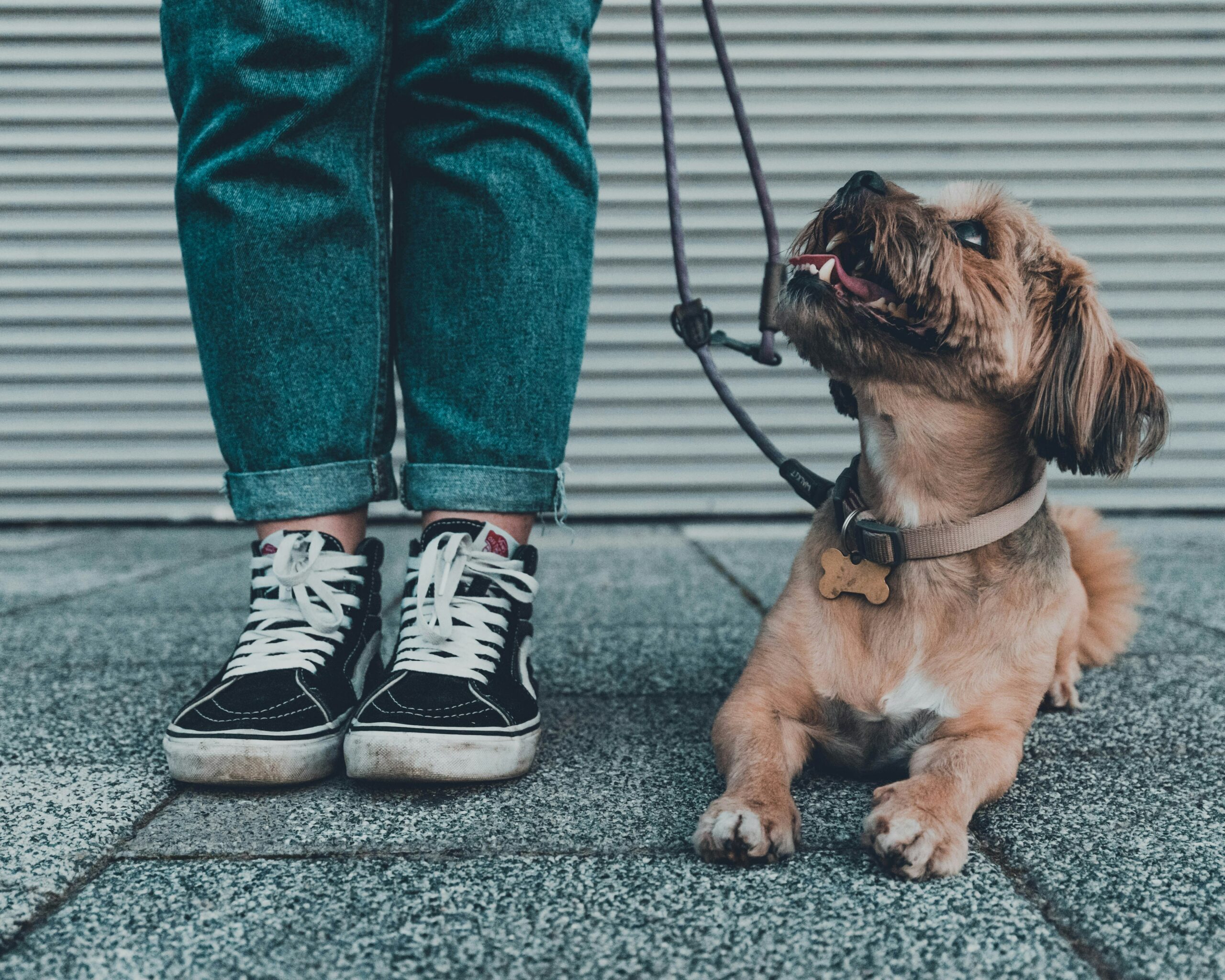Too many people are scared away from adopting a rescue dog because of potential behavioral problems. This is especially true of older dogs, since people generally expect puppies to be more easily shaped behaviorally than adult dogs. In fact, adult rescue dogs can be amazing companions. It sometimes seems as if older dogs really understand that they have been rescued, whereas puppies take their new home for granted.
That said, there are special considerations in adopting a rescue dog, especially one with an unknown past. Make sure you are ready by answering these questions to ask before adopting a dog. If you are sure you are ready to adopt, read on to learn about common behavior problems and solutions for rescue dogs.
Fear and submission
Your new rescue dog may have gone through some very scary situations before she came to you. You and your family love your new dog, but she may still sometimes be inexplicably afraid of you. Even after your dog has become acclimated to your family and home, she may still express fear around new people or in new situations.
Indications of fear and submission
- Rolling over and/or urinating when you pay attention to your dog or call her
- Holding tail down or tucked and keeping lips drawn back
- Hiding or making herself as small as possible
- Bolting and trying to escape
What to do
It can be scary and frustrating to have a fearful dog. All you want to do is show your dog that you love her and want to play, but she is just miserable with terror. Here are some tips to help your fearful rescue dog.
- Let her come to you. Fearful dogs do best when they are able to make the first move. Make yourself enticing and put yourself near your dog, but let her make the move to come to you.
- Food food food. Food is your friend when you are dealing with a fearful dog. Eating and pursing goodies turns off the fear impulses in your dog and lets her encounter new situations and fear triggers without reaction.
- Make the crate a safe place. It is especially important to make your rescue dog’s crate as safe and comfy as possible if your dog is fearful. Learn all about crate training a rescue dog before taking your fearful dog home.
Anxiety
Your dog may not openly express fear, but she may seem to have a hard time relaxing and may react badly when you leave her alone. Dogs that have lost their families before and have been through hard times may worry that they will lose you too, leading to separation anxiety. Dogs that have had stressful or difficult lives may find it difficult to calm down in your pleasant home.
Indications of anxiety
- Pacing and refusal to spend much time relaxing
- Vocalizing and destruction when you leave your dog alone
- Clinginess and constant attention seeking from you
- Lack of relaxed behavior and free play
What to do
An anxious dog is not a happy dog, and your anxious dog may be driving you crazy with her inability to settle down and destructive behavior when you are gone. Anxiety can be difficult to overcome, but there are things that you can do to build your dog’s confidence and reduce her anxiety.
- Get active. Exercising releases endorphins and gives your dog an outlet for nervous energy. Letting your dog run or getting her to play with a tug toy by herself or with another pup can give your dog a healthy outlet. If your dog needs to go outside during the day, consider installing a professional dog door.
- Mind games. Anxious dogs are often clever dogs. Giving your rescue dog ways to occupy her active mind will make her less likely to focus on her anxiety. Furthermore, solving puzzles builds your dog’s confidence, which reduces anxiety.
- Confidence building activities. Anxious dogs need confidence. Activities that build confidence reduce anxiety and give dogs resources to depend on in scary situations. Long runs or hikes, agility, and competitive games can all help to build your nervous rescue dog’s confidence.
Reactivity
Dogs that have come from difficult background have sometimes learned to survive by fighting first and asking questions later. Your rescue dog may be reactive to other dogs due to a history of fighting or foraging on the streets. A dog that has had to hunt for her food may be reactive to cats and other small animals. If your dog has been abused, she may be reactive to people of the demographic that hurt her, like teenagers or men.
Indications of reactivity
- Tensing and stiffening
- Intense focus
- Growling and barking
- Lunging or attempting to attack
What to do
Reactive dogs can be dangerous. Honestly consider whether you have the resources to work with a reactive dog and seek out an animal behaviorist if necessary. If you seek the help of a trainer, be sure that they do not use punitive or dominance-based training techniques. Go slow with reactive dogs, and play it safe, and you may be surprised by what she can overcome.
- Find the threshold. Reactive dogs have a threshold at which they will just begin to react to a trigger but will still be responsive to you. Find that threshold by moving very slowly closer to a trigger.
- Good rewards. Whether it is food, toys, or attention, find a reward that can get your dog’s attention when she is just shy of her threshold.
- Slowly push the threshold. As your dog stops being reactive at a distance that would previously have triggered a reaction, keep pushing closer, taking it very slowly.
Resource Guarding
If your dog has had to struggle for resources in the past, she may not realize that she no longer has to do this. Most dogs feel some instinct to bury or hide prized possessions, but rescue dogs may be more prone to this instinct and may take it further by hiding everything or showing aggression over guarded objects. Be careful to avoid problems with resource guarding and identify potential problems in the first week with your rescue dog, and build resource guarding therapy into your training regiment if your dog has this tendency.
Indications of resource guarding
- Hiding or burying food, treats, or toys
- Standing tensely over food/treats/etc. when people or pets walk by
- Growling, snarling, or showing teeth if someone gets close or tries to take objects
- Refusal to drop or let go of objects
What to do
Most dogs that guard resources aren’t dangerous, but some dogs will bite or attack when guarding, even if no one tries to take away the object. If your dog has serious issues with resource guarding, consider consulting a professional to help you. If your dog’s resource guarding is less severe, there are several things that you can do to help.
- Find the highest reward. All dogs like some treats and toys better than others. Find a treat that your dog loves above all else so that you can motivate her to give you whatever she has.
- Give and take game. This is a simple activity in which you simply give your dog something, then ask her to drop it, give her something better, and take the first thing. You can play whenever your dog has something. Just offer something better and ask your dog to drop what she has.
- Control food. Most dogs guard food most intensely. To avoid this, simply control the resource by feeding your dog only a couple of pieces of food at a time. This way she learns to look to you for food rather than protecting food from you.
Conclusion
You may face different considerations with a rescue dog than you expect when adopting a puppy or buying a dog from a breeder, but this doesn’t mean that adopting a rescue dog isn’t well worth doing. Be prepared by looking for indications of common behavioral problems in your rescue dog, and make sure you have done your homework and prepared before adopting a rescue dog. If you do notice some behavioral concerns, don’t panic. There are good solutions for you and your rescue dog.
Love our content? Share it with a friend or link it to social media. Like short clips of cute household pets? Training tips? Follow us on instagram @nydognanny or on YouTube at nydognanny. Have some news you needs to get to dog and cat parents stat? Email info@newyorkdognanny.com with your article pitch.




